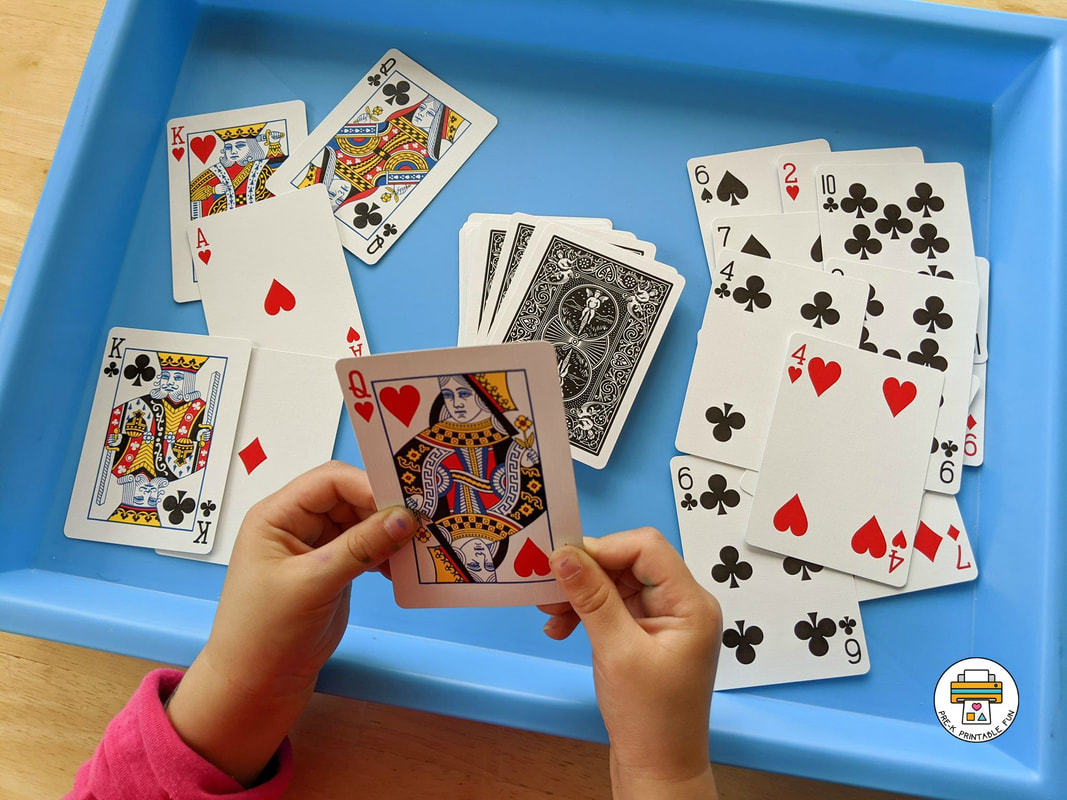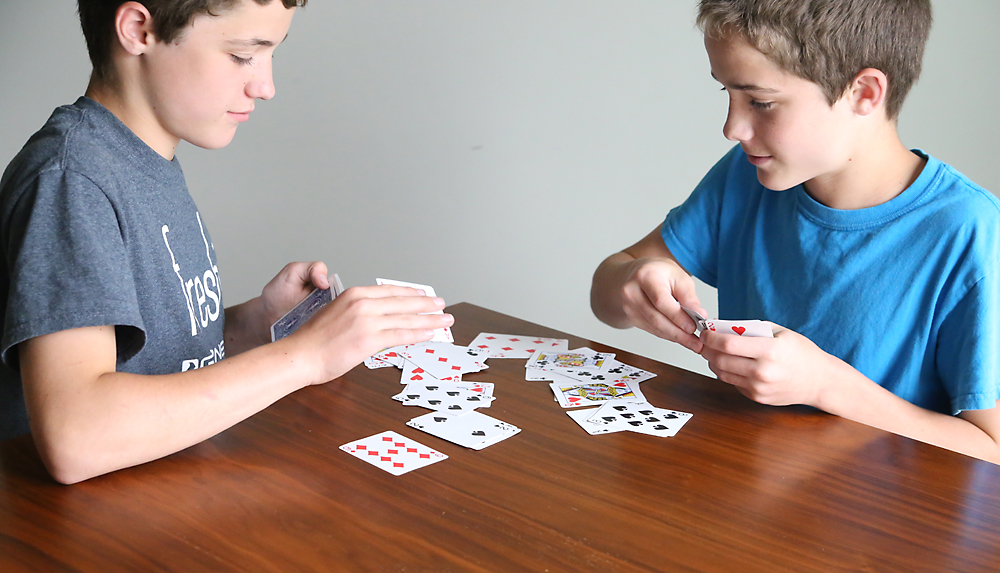
A case can also be made for Indian cards giving rise to European cards because of similarities in early suits-cups, coins, swords, and batons-and the inclusion of face cards that were absent from the Chinese decks. In support of this theory individuals have cited the long, narrow shape of early Chinese playing cards in conjunction with apparent feather marks on the ends of the cards as evidence of this connection. Other, less fanciful theories include the possibility of Chinese playing cards originating from the adaptation of Korean divinatory arrows. At this time, there were an estimated 3,000 members (the empress, spouses, consorts, and concubines) of the inner chamber of the Chinese Imperial Palace thus, a means of passing the time was necessary. as a cure for the perpetual boredom associated with palace living.

A second story of Chinese origins contends that playing cards were invented by members of the Imperial harem in 1120 a.d.

The wife devised cards as a means of occupying both her husband's hands and his mind, thereby lessening the causes for her irritability. Were invented by the irritable wife of an Indian maharaja who became increasingly annoyed by her husband's habit of pulling at his beard. There are, however, many stories, some rather improbable, that attempt to describe the origins of playing cards. It is unlikely that playing cards have one discrete point of origin, and, like many other pastimes, playing cards experienced a long evolution into the modern decks. It is generally believed that playing cards first developed in either the Middle East or East Asia, but beyond this there is no consensus on how modern-day decks of playing cards developed. Many popular card games can also be found as computer programs, complete with illustrated faces and backs. Also available are decks depicting artwork held in European museums and packs with scenic views of a state or city. Kennedy deck issued in 1963) or fictional characters (The Simpsons, Spider-Man), instructional decks (the Red Cross deck with safety and first-aid procedures or instructions), informational decks (depicting plants, animals, or other items), and cards marked in Braille. There are often specialty or commemorative decks created with face cards that depict actual people (the John F. One can find rectangular decks, round decks, and even "crooked" decks. There are a variety of card decks available today, from miniatures less than an inch in height, to oversized cards sometimes used as shooting targets. Card reverses have also been used to advertise a wide array of products, including soft drinks, airlines, beer, sports teams, soup, motorcycles, and more. At one time, blank card backs were common. There is no standard back or card reverse, so these designs vary widely. Generally, there is no ranking system for the various suits in a deck of cards, however, ranks are assigned to suits in certain games. For example, hearts, leaves, bells, and acorns are found on German cards shields, "roses," bells, and acorns on Swiss cards and coins, cups, swords, and cudgels on Spanish cards. In decks from other countries, suits are often represented by different pips.

Suits are identified by symbols or "pips," which on an English deck consist of the familiar spades, clubs, diamonds, and hearts. Many games also make use of "stripped" decks in which certain cards are removed for play. Decks also often include two "joker" cards that are sometimes included for game variations. The appearance of the face cards has become fairly standardized since cards have been mass-produced. Card values in each suit include numbered cards of two through ten, an ace, and three "face" or "court" cards consisting of a jack, queen, and king. The standard deck in use in the United States, and the most commonly used deck worldwide, consists of fifty-two cards in four suits of thirteen cards each. It is surprising to many that what is considered the "standard" deck of playing cards varies around the world. A few simple card games involve pure chance, with winning and losing depending on who gets the "best" and "worst" collection of cards at distribution, while most card games involve strategy in that players can choose to add cards to their hands, discard some and add others, or make some other wise attempt to improve their odds of winning through decision making. Playing cards can be regarded as randomization devices, similar to dice or roulette wheels, in that they are shuffled (randomized) prior to their distribution to players. Playing cards are used around the world in games that range from simple children's activities, to high-stakes gambling in casino games, and world championships in forms such as bridge.


 0 kommentar(er)
0 kommentar(er)
